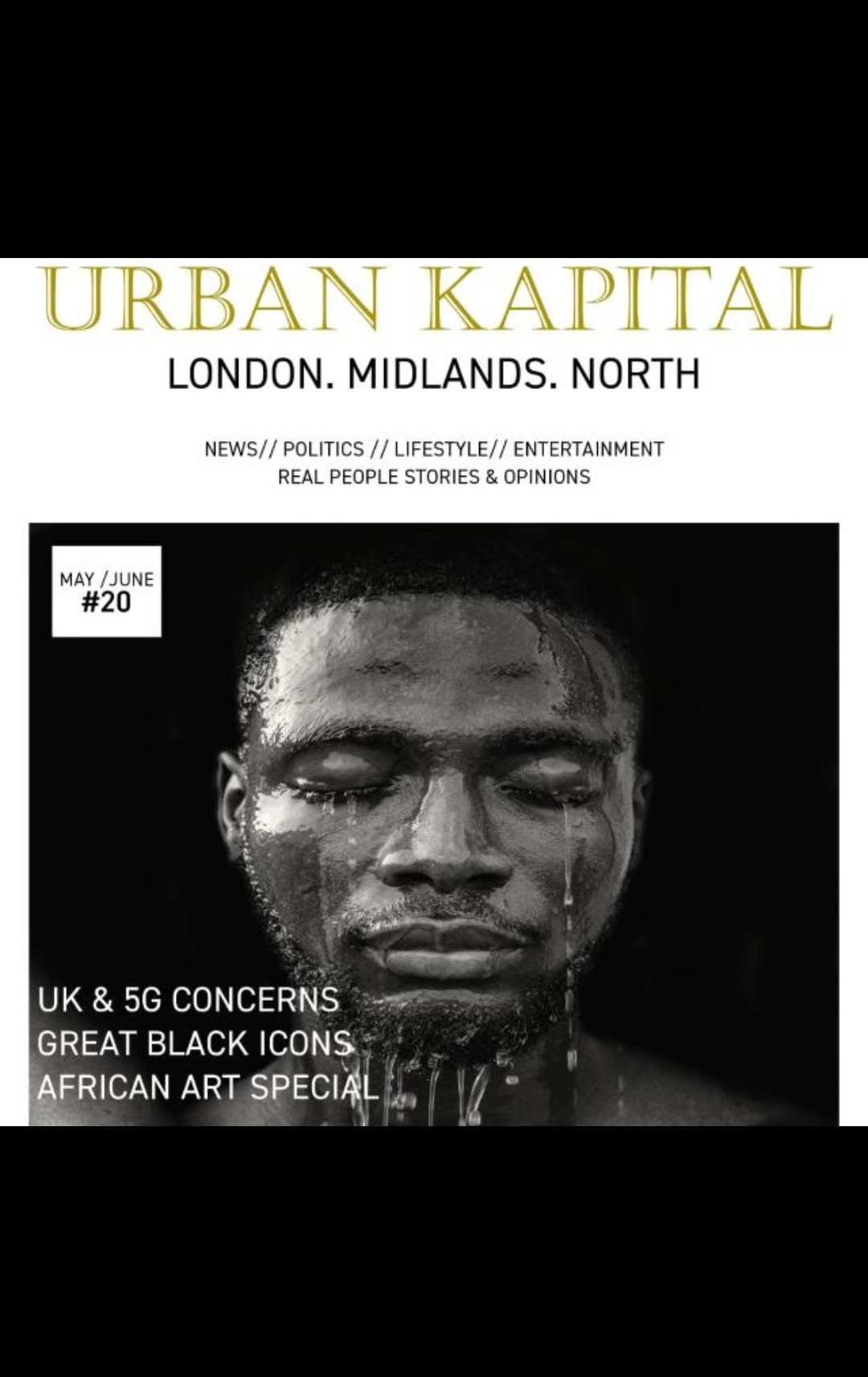Colourism and opinions: how do you feel about it?
- Urban Kapital

- Sep 29, 2020
- 3 min read
Before I knew my history, I used to hate when other kids called me Black.
The word told no story and had no language attached to it. At the time, Black symbolized pain and struggle, and my brown skin and kinky hair left no question of if I was anything but. I wasn’t the first (and I’m sure I won’t be the last) darker-skinned girl to struggle with her skin tone, but even amongst a community whose people come in all shades, colour can make all the difference.
As defined by the National Conference for Community and Justice, colourism is ‘the practice of discrimination by which those with lighter skin are treated more favourably than those with darker skin.’
While the days of the Brown Paper Bag Test — a test within the Black community that barred black people darker than a brown paper bag entrance into certain places and organizations — have mostly come and gone, these biases have infiltrated our every social, political, and economic system to create and perpetuate a false hierarchy within the black community.
The most visible effects of colourism can be seen in the entertainment industry. Across film and media today, it is common to find an array of light-skinned actresses in lead roles shows like Black-ish while their darker-skin counterparts are often used as comedic relief, in shows like Martin. Sometimes, even lighter-skinned actresses have replaced darker-skinned actresses in roles altogether designed for darker-skinned women.

This was especially poignant in 2016 when Zoe Saldana was cast to play a dark skin actress and singer Nina Simone in the biopic Nina. Rather than casting a darker skin actress to fill the role, Saldana used make-up to darken her skin and wore a nose prosthetic.
Still, the ramifications of colourism go beyond attractiveness or desirability. it has been proven that colourism can also correspond to violence. According to a 2003 study conducted by Harvard sociologist Ellis Monk, skin tone can act as a determinant on the likelihood of arrest. In this study, it was found that the very darkest complexion has a 25% increase in likelihood to get arrested than the very light counterpart.
The painful roots of colonialism and subsequently, slavery, have forced us to address the pain of our pasts. Who wants to come from a history of people whose bodies were more or less chattel? A people who were stripped of language, history, and culture, then reduced to nothing but Black?
As a child, I didn’t care about the nuances of my race until someone else told me I should. When Black boys called my black hair nappy or uncombed; or when other kids would describe their identities infractions, I shamefully checked the ‘Black/African-American’ box on our standardized tests.

I wanted a rich history of who I am or a native language to return to. Instead my Black peers always swiftly reminded me that I was just “Black.”
Looking back, did they resent being “just Black” in their own identities and project their insecurity onto me? I guess we’ll never know. In the end, I think they too wanted more than a heritage of pain, and a skin tone that reflected that as well. Maybe they didn’t dislike their colour but recognized the advantages a lighter shade would bring.
That is the true evil of white supremacy; it convinces people that proximity to whiteness offers power when ultimately the issue is that differences in race shouldn’t offer any position of power at all. As a community, we must be willing to unlearn the idea that Blackness in any shade needs that proximity to earn power. Our community is powerful enough on its own.
Now knowing and standing in my history, being just Black is one of the greatest things about me. My brown skin exemplifies a lineage of strength. Where I once saw a history of pain, I now see a story of survival. In total, Blackness, and more specifically my blackness, is nothing I ever want to run away from.
I like my history as is. I’m proud to be just Black.
Source: Black x Bold










Comments